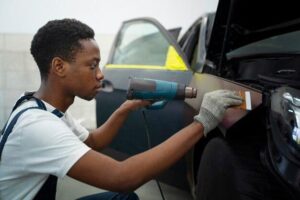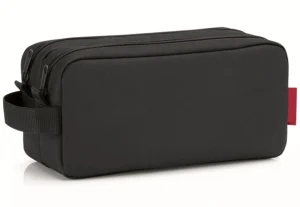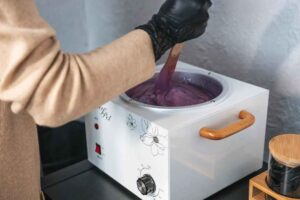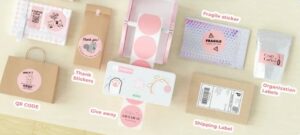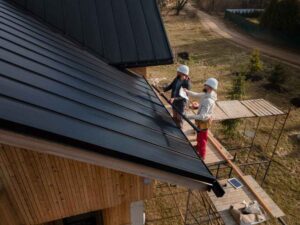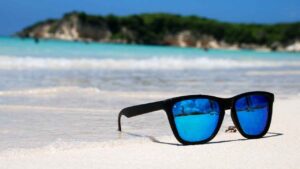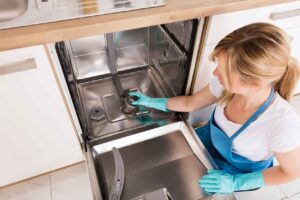Hardwood Floor Refinishing for Pet Owners: Tips for a Durable Finish
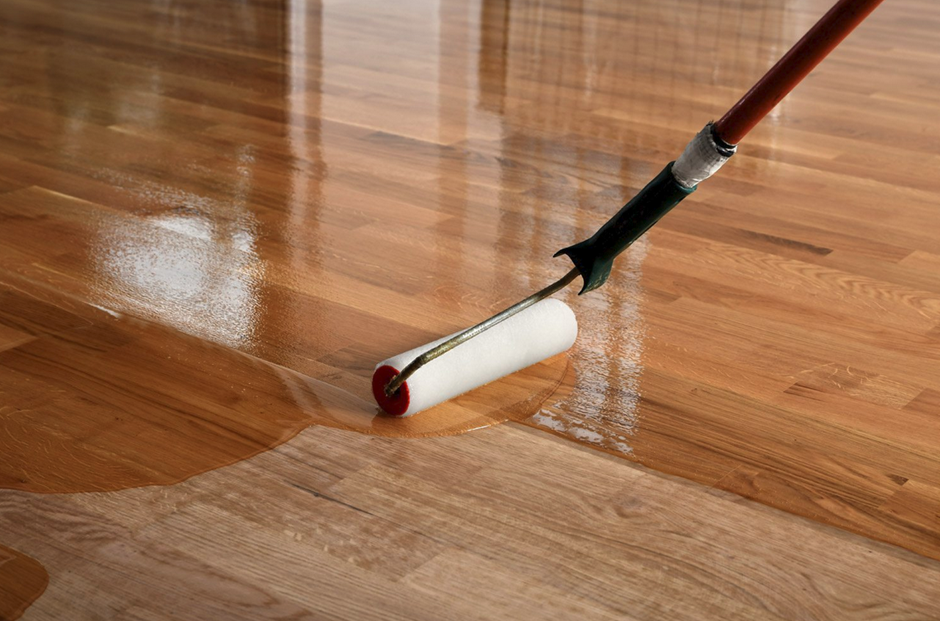
Hardwood floors are a timeless and elegant flooring choice that can significantly enhance the aesthetic appeal of any home. However, for pet owners, maintaining these beautiful surfaces requires special consideration and strategic care. The combination of sharp claws, occasional accidents, and daily wear can present unique challenges to preserving the pristine condition of hardwood floors.
Understanding the Impact of Pets on Hardwood Floors
Pets, while beloved family members, can inadvertently cause significant damage to hardwood flooring. Dog and cat nails can create tiny scratches that gradually accumulate, compromising the floor’s protective finish. Larger dogs with more weight exert additional pressure with each step, potentially causing deeper gouges and wear patterns. Regular maintenance, such as hardwood floor refinishing near me, can restore the floor’s appearance and durability.
Pet owners must be keenly aware of the various ways their furry companions can impact hardwood surfaces. Understanding these potential damage points helps in developing proactive maintenance strategies. By recognizing the specific challenges, homeowners can take preventative measures to protect their investment.
Typical pet-related floor damage includes:
- Surface scratches from animal claws
- Discoloration from pet urine or moisture
- Deep gouges from energetic play or running
- Accumulated dirt and debris trapped in floor crevices
- Potential wood grain separation due to moisture exposure
Preparing for Hardwood Floor Refinishing
Successful hardwood floor refinishing for pet owners begins long before the actual refinishing process. Proper preparation is crucial to achieving a durable and long-lasting finish that can withstand the daily challenges posed by furry companions.
Comprehensive floor assessment is a critical first step in the refinishing process. By meticulously examining the current condition of the hardwood, homeowners can develop a targeted approach to restoration and protection. A thorough evaluation helps identify specific areas of concern and guides subsequent refinishing decisions.
Before beginning the refinishing process, conduct a thorough floor inspection:
- Examine the entire floor surface for existing damage
- Identify areas with deep scratches or significant wear
- Check for potential structural issues in the wood planks
- Measure the current floor thickness to determine refinishing feasibility
Selecting the Right Finishing Products
When refinishing hardwood floors in a pet-friendly home, product selection becomes paramount. Not all floor finishes are created equal, and some are substantially more resilient than others. Understanding the characteristics of different finishes can help pet owners make informed decisions that protect their investment.
The world of floor finishes offers various options, each with unique properties that can enhance durability and protection. Selecting the right finish requires careful consideration of your specific pet-related challenges and aesthetic preferences.
- Aluminum Oxide Finish
- Extremely hard and wear-resistant coating
- Provides superior protection against scratches
- Maintains clarity and shine for extended periods
- Ideal for high-traffic areas and homes with active pets
- Polyurethane Sealants
- Water-based options offer quick drying times
- Minimal odor during application
- Excellent resistance to pet-related wear and tear
- Available in different sheens to match aesthetic preferences
Applying floor finishes in a pet-friendly environment requires meticulous planning and careful execution. The application process is as crucial as the product selection, ensuring maximum protection and longevity of the hardwood surface.
When applying finishes in pet households:
- Ensure complete room ventilation
- Keep pets away from the area during and after application
- Allow adequate curing time before reintroducing pets
- Consider multiple thin coats instead of single thick applications
Protective Strategies Beyond Refinishing
Refinishing represents just one aspect of maintaining hardwood floors in a pet-friendly environment. Implementing ongoing protective measures can significantly extend floor longevity and preserve the beauty of your hardwood surfaces.
Consistent and thoughtful maintenance is the key to protecting hardwood floors from pet-related wear and tear. By implementing a strategic approach to daily care, homeowners can mitigate potential damage and maintain the floor’s aesthetic appeal.
- Trim pet nails regularly to minimize scratch potential
- Use protective area rugs in high-traffic zones
- Place absorbent mats near entryways to capture moisture and dirt
- Implement a consistent cleaning routine using pet-safe wood floor cleaners
Pet accidents are inevitable, and quick, effective response can prevent long-lasting damage to hardwood floors. Understanding the right techniques for addressing spills and accidents can save homeowners significant time and expense in future repairs.
Quick response to pet accidents is crucial:
- Blot liquid spills immediately with soft, absorbent cloths
- Avoid rubbing, which can spread and embed stains
- Use enzymatic cleaners designed for wood surfaces
- Dry the area completely to prevent moisture penetration
According to the U.S. Environmental Protection Agency (EPA), maintaining indoor air quality is crucial, especially when using cleaning products. They advise that “pesticides are inherently toxic” and recommend careful selection and use of cleaning agents to minimize potential health risks.
Professional vs. DIY Refinishing
While many homeowners consider do-it-yourself refinishing, professional services offer distinct advantages for pet owners. Understanding the pros and cons of each approach can help you make an informed decision about your hardwood floor restoration.
Professional Refinishing Benefits
The expertise and specialized equipment of professional floor refinishers can provide significant advantages for pet owners. Their comprehensive approach ensures a more thorough and lasting restoration of hardwood surfaces.
- Advanced surface preparation techniques
- Industrial-grade equipment and finishes
- Expertise in handling pet-related floor damage
- Comprehensive floor assessment and customized solutions
- Warranty and follow-up support
DIY Considerations
For homeowners considering a do-it-yourself approach, careful preparation and realistic expectations are essential. Understanding the complexity of the refinishing process can help ensure a successful project.
If choosing the do-it-yourself route:
- Invest in high-quality professional-grade tools
- Watch comprehensive tutorial videos
- Practice techniques on inconspicuous areas
- Be prepared for potential mistakes and additional expenses
Long-Term Floor Protection Strategies
Beyond immediate refinishing, implementing long-term protection strategies helps preserve hardwood floors in pet-friendly homes. A holistic approach to floor maintenance can significantly extend the life and beauty of your hardwood surfaces.
Proactive protection is the most effective way to maintain hardwood floors in homes with pets. By implementing strategic preventative measures, homeowners can minimize potential damage and preserve their floor’s appearance.
- Install scratch-resistant floor mats
- Use furniture pads to prevent additional surface damage
- Consider temporary protective coverings during high-activity periods
- Maintain consistent indoor humidity levels
According to Iowa State University’s extension blog, placing mats at entryways and using felt pads on furniture are effective ways to protect hardwood floors from dirt, sand, and scratches. These strategies can help homeowners preserve the longevity and appearance of their hardwood floors in pet-friendly environments.
Conclusion
Refinishing hardwood floors in a home with pets requires patience, strategic planning, and a comprehensive approach. By understanding potential challenges, selecting appropriate finishes, and implementing protective strategies, homeowners can enjoy beautiful, durable hardwood floors that withstand the love and energy of their furry companions.
